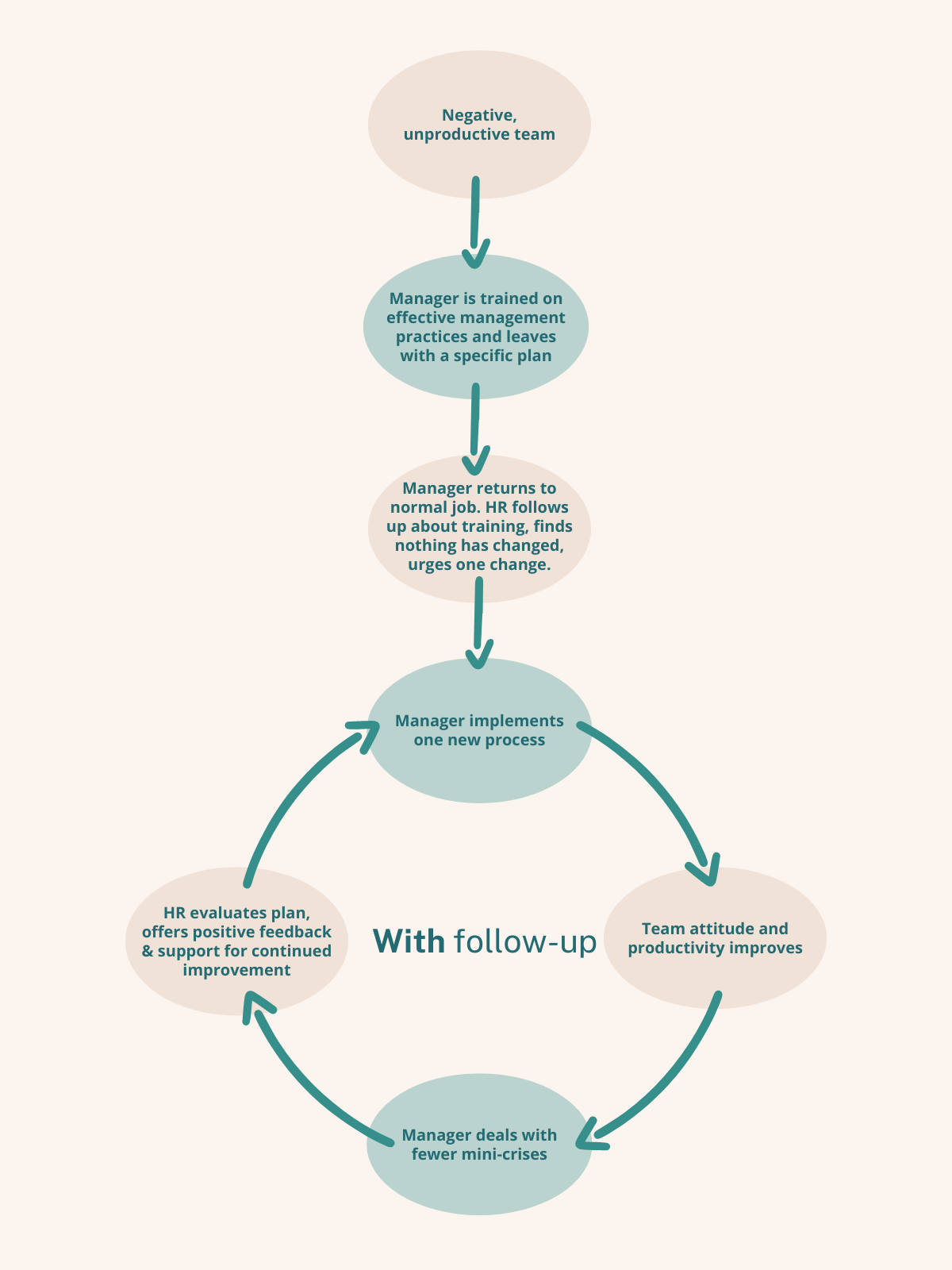A corporate-first culture (CFC) prioritizes company-wide values, goals, and practices that define the organization's "personality" and the way work is done. It does not prioritizes the well-being, engagement, and satisfaction of employees over other business goals. A CFC is the antithisis of a company where employee needs and feedback are considered a top priority. The company strives to create a work environment of do what you are told, instead of do what you are experienced and skilled at doing. On-the-other-hand, Tailored Cultures (TC) match organizational goals and employee value to drive success.
The best corporate culture examples inspire businesses to think critically and thoughtfully about the way they value their employees.
By creating cultures that prioritize employee well-being, organizations not only enhance engagement, but also lay the groundwork for real growth and resilience. A positive culture can drive innovation, improve problem-solving, and enhance overall performance, leading to more sustainable and thriving businesses. (3)
Great Corporate Cultures Embrace:
• Strong leadership: Leadership that can offer clarity into their vision and strategy while communicating effectively is essential to building a great culture.
• Employee engagement: If employees are satisfied with their roles and display high levels of commitment to the company, they’ll be more productive.
• Open communication: Encourage open, honest conversations across the organization to build transparency, strengthen teamwork, and boost collaboration.
• Employee well-being: A great corporate culture cares about employee well-being, which includes support for mental health, work-life balance, and overall wellness.
• Career development: Opportunities for professional development whether it’s through mentorship, learning new skills, and a culture of promoting from within, are indicators of a strong culture.
There are many types of corporate cultures, most can be grouped into four main categories. (1)
Hierarchy culture::
Focuses on efficient processes, clear communication, and stability with defined lines of authority and accountability.
Clan culture:
Emphasizes a people-first approach with horizontal structures, prioritizing morale, employee experience, and strong relationships
Market culture:
Results-driven and competitive, with measurable targets, financial success, and market leadership as key goals.
Adhocracy culture:
Encourages risk-taking, bold ideas, and innovation, with success measured by new products, services, and trendsetting.
If you see 'patterns and practices' of racism, micromanagement or disrespectful interactions then you are in a toxic Corporate-First Culture. Managers tend not to change their negative leadership styles in these environment, regardless of retraining. Leave at your first and best opportunity. (2)
If you're a company looking to create a marketing campaign or build an internal agency, contact Kevin Amter. His nationally awarded rebrand for UPS International and dozens of other Fortune 500 brands will strategically move your company in a winning direction.
SOURCE LINKS:
(1) Top 15 corporate culture examples of 2025(2) Toxic Work Environment: 18 Examples and How to Improve It
(3) Strong Organizational Cultures Attract and Retain Top Talent
